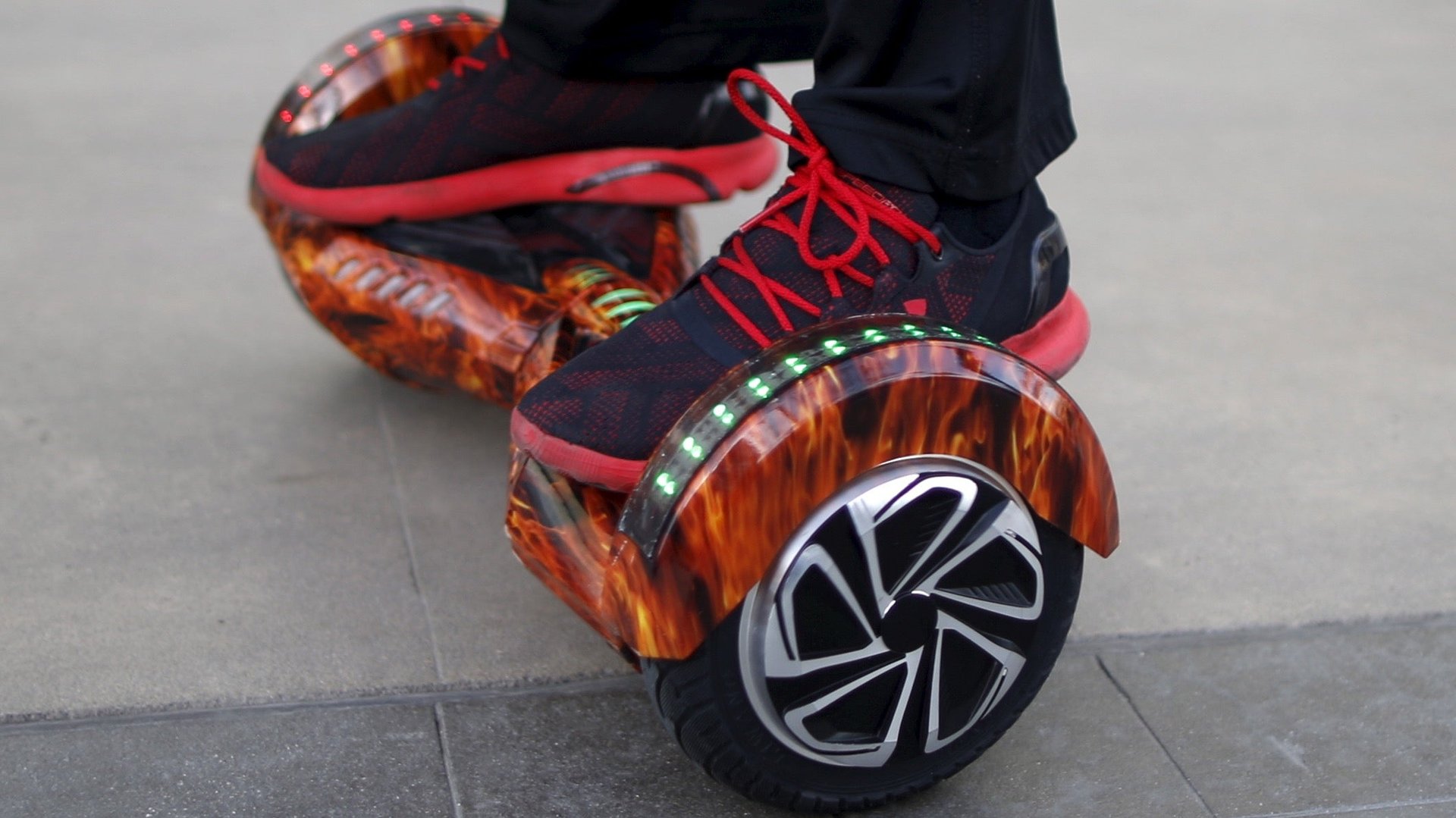Great news for everyone who’d like to get around slightly faster: Hoverboards are back
They still don’t actually hover, but at least they’re probably not going to explode anymore.


They still don’t actually hover, but at least they’re probably not going to explode anymore.
Best Buy announced June 1 that it’s going to start stocking two new hoverboards from Swagway, the maker of one of the most popular brands of self-balancing scooters. The new boards are among the first to be certified by UL, the 122-year-old independent certification lab used by the US government to test if electronic goods are safe to sell in the US. That means that unlike many of the brands (and knock-off brands) of hoverboards that caught fire while charging, setting houses on fire, and even people, the new Swagway boards have been determined to be safe to use.
Since hoverboards first exploded (both as a fad, and literally) last year, they’ve been banned by many authorities around the world. You can’t take them on most major airlines, or ride them on the streets of London, or take them on the subway in New York. It remains to be seen whether these safer boards will change people’s perceptions of hoverboards, and if they’ll eventually be treated the same way as any other battery-operated product, instead of as potential time-bombs.
It also remains to be seen whether anyone still cares about hoverboards, now that rappers, basketball players, and pop stars have moved on from posting videos of themselves riding on them. But it’s not just Swagway that’s trying to revive the 2015 fad: Segway, the makers of the original balancing scooter that was purchased by Ninebot—a Chinese company originally known for making knock-offs of Segways—started taking preorders this week on Amazon for its own version of a hoverboard, the UL-approved Segway MiniPro, that will be released later this summer. The MiniPro is somewhere between a traditional hoverboard and a full-blown Segway, as it has a little protruding rest for your calves.
This summer should tell us whether hoverboards are going to be the future of personal transportation, or just the future of how tourists move around in herds in foreign cities.